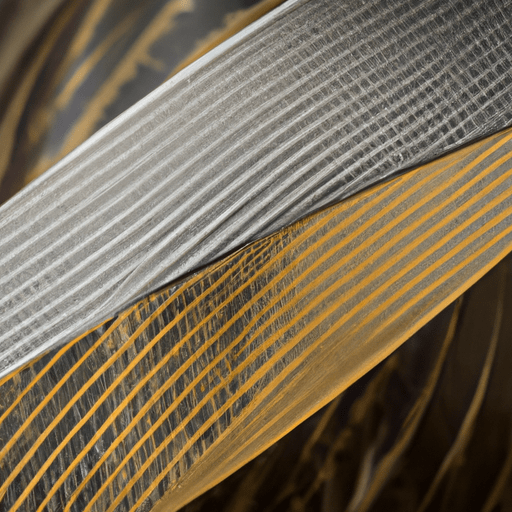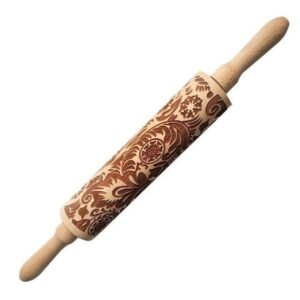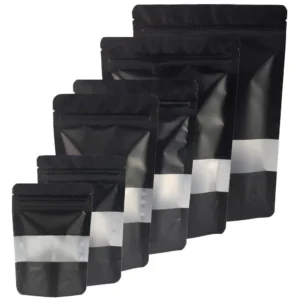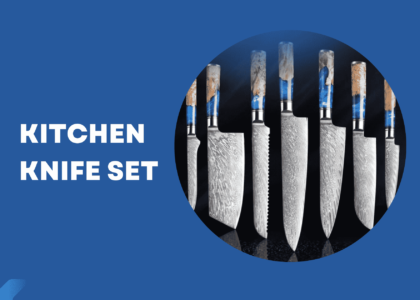Introduction
Definition and Origin of Damascus Blades
Damascus Blade originates from the ancient city of Damascus, renowned for crafting swords and knives with a distinctive pattern on the steel resembling flowing water. These blades were famed for their durability and sharpness, being utilized in various battles and hunting expeditions. The steel was traditionally made from wootz steel, which was developed in India around 300 BC.
Historical Significance
- Used in numerous battles
- Recognized for exceptional sharpness and durability
- Crafted using a unique technique of steel-making
Significance in Culinary Arts

In the realm of culinary arts, Damascus Blades are not merely tools but a symbol of precision and excellence. Chefs around the world covet these knives for their ability to make clean, precise cuts and their longevity. The blades are especially favored for their capability to maintain sharpness over extended periods, reducing the need for frequent sharpening.
Key Attributes
- Precision in cutting
- Longevity of the blade’s sharpness
- Aesthetically pleasing designs Feature Benefit Precision Cutting Ensures clean and neat cuts Durability Less frequent replacements Aesthetic Appeal Enhances kitchen aesthetics
The Aesthetic Appeal of Damascus Steel
Damascus Steel is not only celebrated for its functional attributes but also its aesthetic allure. The intricate patterns, resembling flowing water or sometimes a complex maze, are a result of the controlled forging and folding of steel during the crafting process. This not only enhances the blade’s visual appeal but also contributes to its strength and durability.
Visual Characteristics
- Wavy or watery patterns
- Sometimes features maze-like designs
- Unique to each blade due to the crafting process Characteristic Impact on Blade Wavy Patterns Enhances visual appeal Unique Designs Makes each blade distinctive
The Making of a Damascus Blade
Traditional Techniques in Crafting Damascus Steel
The art of crafting Damascus Steel dates back to ancient civilizations, where skilled blacksmiths meticulously forged and folded steel to create the renowned Damascus Blades. This traditional technique involved layering iron and steel, forging them together through a process of folding and hammering. The repeated folding created the characteristic patterns and also contributed to the blade’s strength and resilience.
Historical Crafting Techniques
- Layering of iron and steel
- Repeated folding and hammering
- Creation of distinctive patterns Traditional Technique Outcome Layering Ensures strength and durability Folding Creates unique patterns Hammering Enhances blade resilience

Modern Methods and Innovations
In contemporary blade crafting, Damascus Steel is often created using a blend of different types of steel, melded together to form the distinctive patterns and to ensure the blade’s durability and sharpness. Modern blacksmiths have innovatively combined traditional techniques with contemporary metallurgical advancements, ensuring the Damascus Blades of today maintain their historical significance while benefiting from modern-day innovations.
Innovative Crafting Techniques
- Combination of various steel types
- Utilization of modern metallurgical advancements
- Preservation of traditional crafting methods Modern Method Impact on Crafting Various Steel Types Enhances pattern and durability Metallurgical Advances Improves precision and quality
The Layers and Patterns in Damascus Blades
The allure of Damascus Blades is significantly attributed to their unique layers and patterns. The meticulous process of folding and forging during the crafting process results in distinctive patterns, often resembling waves, whirls, or even intricate mazes. Each Damascus Blade is unique, with the patterns varying based on the crafting process, making each blade a piece of art in its own right.
Characteristics of Damascus Blades
- Unique, varying patterns
- The result of meticulous folding and forging
- Each blade possesses a distinctive aesthetic Characteristic Impact on Blade Unique Patterns Enhances aesthetic appeal Meticulous Crafting Ensures quality and durability
The Utility and Maintenance of Damascus Blade
The Functional Benefits of Using Damascus Blade
Damascus Blade is not merely a symbol of ancient craftsmanship but also a beacon of functionality in various applications. The blades are renowned for their exceptional sharpness, durability, and resistance to shattering, making them a preferred choice in both culinary and combat applications. The unique layering and forging technique not only provide a distinctive aesthetic but also contribute to the blade’s ability to retain sharpness over prolonged use.
- Functional Benefits
- Exceptional Sharpness
- Durability and longevity
- Resistance to shattering Benefit Explanation Exceptional Sharpness Ensures precise and clean cuts Durability Reduces the need for replacements
Caring and Maintaining the Aesthetic and Sharpness
Maintaining a Damascus Blade involves preserving both its aesthetic appeal and functional sharpness. This is achieved by properly caring for the steel used in the blade and ensuring that the intricate pattern on the surface is not compromised. Regular cleaning, proper storage, and periodic sharpening are crucial to ensuring the longevity and efficacy of the blade. It is essential to avoid abrasive materials during cleaning to preserve the intricate patterns on the blade. Furthermore, using a honing rod or a whetstone for sharpening ensures the blade retains its optimal sharpness without damaging the steel. This process follows a specific pattern to maintain the sharpness of the blade.
Maintenance Tips
- Gentle Cleaning
- Preserves patterns and prevents damage
- Periodic Sharpening
- Ensures consistent performance
- Proper Storage
- Prevents damage and wear
Ensuring the meticulous care and maintenance of Damascus Blades, made of steel with a unique pattern, not only preserves their aesthetic appeal but also guarantees their functional efficacy across various applications.
Conclusion and Final Thoughts
In the realm of bladesmithing, Damascus Blades stands out as a pinnacle of craftsmanship, blending ancient techniques with modern innovations to produce blades of unparalleled quality and aesthetic. The intricate patterns, exceptional sharpness, and durability of these blades have cemented their status across various domains, from culinary arts to outdoor activities. Ensuring their meticulous care and understanding of the rich history and crafting techniques of steel further enhances the appreciation of these masterful pieces of art, utility, and pattern.
FAQs
What is Damascus Steel?
Damascus Steel refers to a variant of steel recognized for its distinctive wavy or watery pattern, often likened to flowing water, which is renowned for its durability and ability to maintain sharpness.
How is Damascus Steel Made?
Damascus Steel is crafted through a meticulous process of folding and forging multiple layers of steel, which creates its characteristic patterns and enhances its strength and sharpness.
Why Choose a Damascus Blade?
Choosing a Damascus Blade offers a blend of aesthetic appeal and functional excellence, providing a durable, sharp, and visually stunning cutting tool made from steel with a unique pattern.
How to Care for Damascus Blades?
Caring for Damascus Blades involves regular cleaning, periodic sharpening with a whetstone or honing rod, and ensuring proper storage to maintain its aesthetic and functionality.
What is special about a Damascus Blade?
A Damascus Blade is special due to its unique wavy patterns, exceptional sharpness, durability, and the skilled craftsmanship required for its creation.
Are Damascus Blades the Best?
Damascus Blades are highly regarded for their sharpness, durability, and aesthetic appeal, making them a top choice among chefs and blade enthusiasts.
Why is a Damascus Blade so Expensive?
Damascus Blades are expensive due to the labor-intensive crafting process, the use of high-quality steel, and the unique patterns and quality they exhibit.
What is a Damascus Blade Made Of?
A Damascus Blade is made of multiple layers of different types of steel, forged and folded together, creating its distinctive patterns and enhanced durability.
Frequently Linked Pages
1. What Is Damascus Steel – Unveiling the Mysteries: What Is Damascus Steel and Its Remarkable History
2. Damascus Steel Knife – Damascus Steel Knife: Unveiling the Timeless Artistry and Its Majesty












